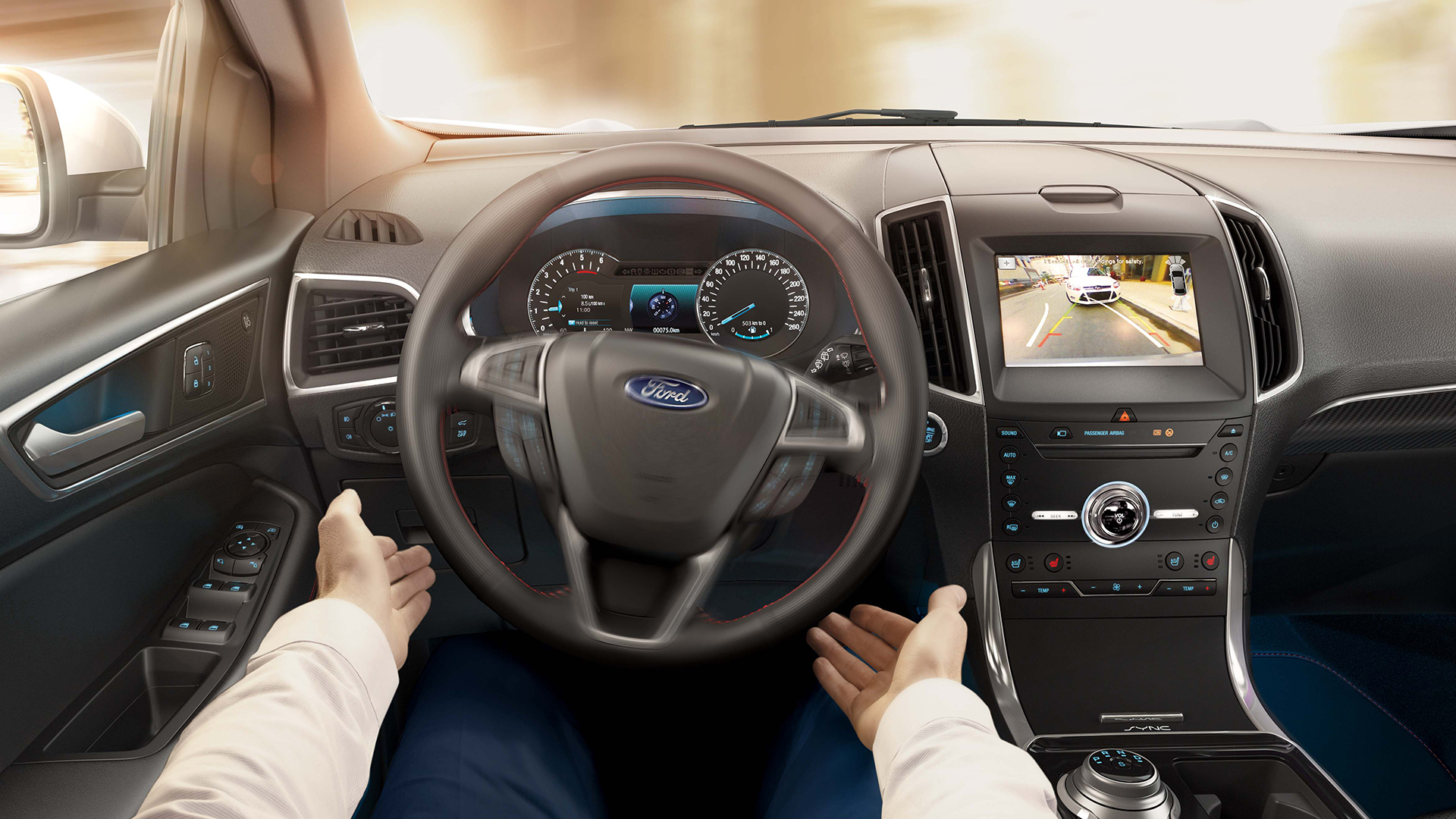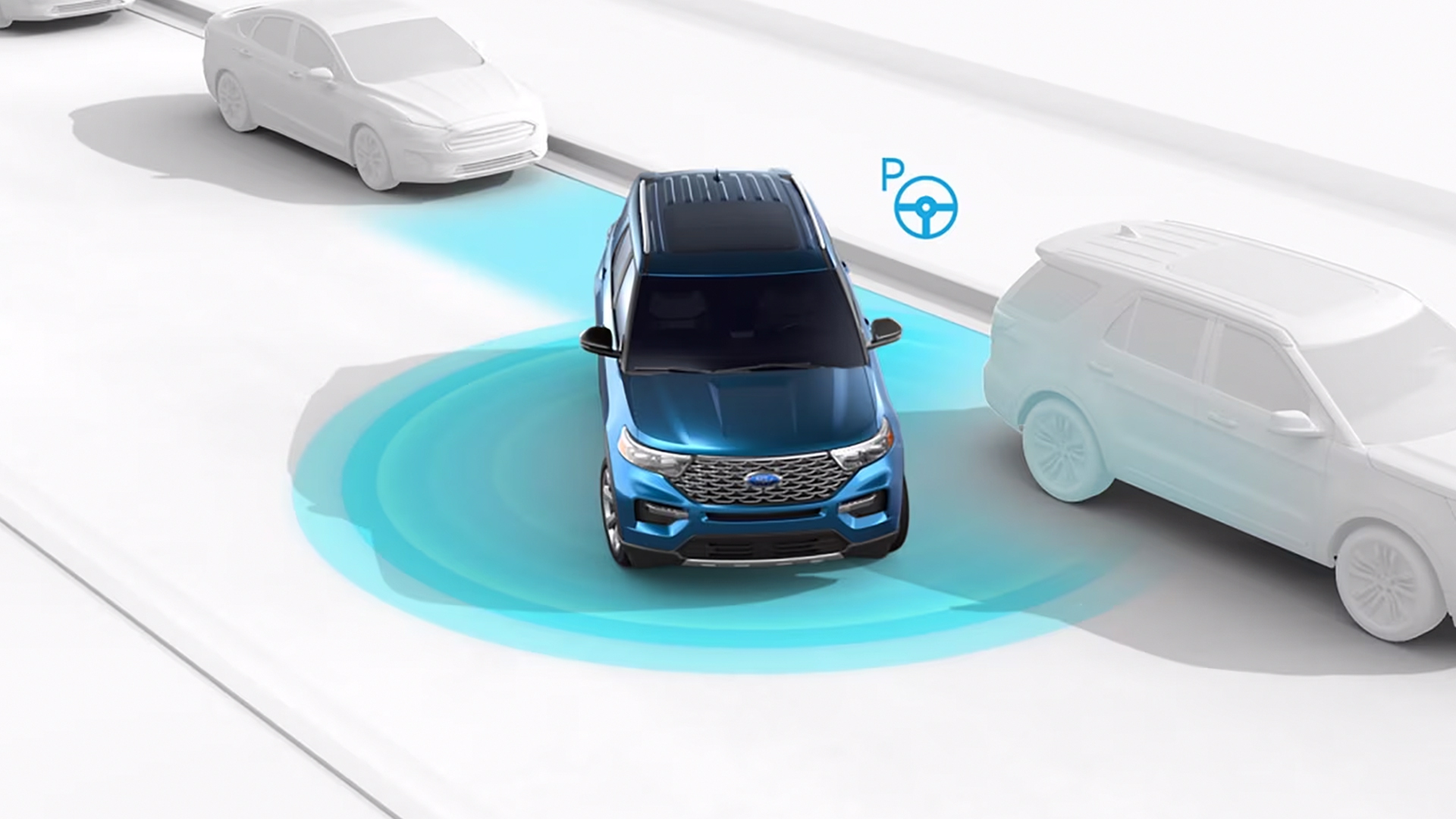Future Ford cars won’t do the parking for you anymore — here’s why
Ford will ditch autonomous parking features as 'very few people' are using them

Ford COO Kumar Galhotra announced that Ford will pull the plug on some of its autonomous parking functionality in order to make savings across the business.
Ford has a number of autonomous parking features, all based around its Active Park Assist, which first made an entrance into the market some 10 years ago.
With numerous generations arriving along the way, the tech aimed to take the stress out of parallel parking situations, with the vehicle first sensing a suitable space using onboard cameras and sensors, and then taking over driving duties, including accelerating and braking, to autonomously guide the car in.
"Connected vehicle data here is very important because it helps us see what we’re providing, whether the customers are using it or not," Galhotra said during a conference call last week, according to a Bloomberg report.
"So one example is an auto-park feature that lets the customer parallel park automatically. Very, very few people are using it so we can remove that feature. It’s about $60 per vehicle," he added, referring to the saving Ford can make on each car by ditching the system.
Ford’s COO then went on to state that the accumulative savings adds up around $10 million a year (£8 million / AU$15.5 million), although the figure can be as high as $2 billion (£1.6 billion / AU$3 billion) if you consider the wider manufacturing, freight and material costs involved with producing and offering a technology such as this.
However, Galhotra didn't mention the precise name of the technology it was planning to axe, nor whether other autonomous features, such as Adaptive Cruise Control (which uses a similar sensor suite) would be affected by the nixing of "auto-park features".
Get daily insight, inspiration and deals in your inbox
Sign up for breaking news, reviews, opinion, top tech deals, and more.
Currently Active Park Assist can be found on models such as the electric Ford Mustang Mach-E, the F150 pick-up and the Escape compact SUV. However, there has been no mention of a timeline for phasing out the system.
The great autonomous debate

Ford has tapped into a very interesting topic surrounding high levels of automation in modern vehicles, being one of the first manufacturers to pose the question: ‘does anyone actually use this stuff?’.
Although the marketing bumph surrounding any new cars suggests that innovations like BMW’s Reverse Assistant are life-savers (the system remembers the last few metres of road in case you need it to automatically reverse backwards), there’s no real evidence to suggest they are any good, or if customers use them a great deal.
Personally, most of the systems that I’ve tried recently are slow and clunky, often missing spaces and taking way too long to perform the manoeuvre in question. Many times, I have switched the system off and taken over part-way through a reverse park situation to save myself the embarrassment of fellow motorists assuming I can’t drive or causing a back-up of traffic in a multi-storey car park.
In this case, Ford is using data from its connected cars to research the features its customers actually want and need. Although axing the hardware behind Ford’s Active Park Assist means the company also can’t offer the functionality as an on-demand subscription package, as many manufacturers have been suggesting will happen with future in-car tech.
Regardless, if it helps Ford keep the unit cost down of its vehicles, it also passes savings on to the customer, which will only buoy consumer confidence in the current climate of overtly expensive EVs.
Perhaps it’s best to leave the autonomous functionality until cars can truly drive themselves. Everything else in the meantime is just a bit pointless and clunky.
you might also like

Leon has been navigating a world where automotive and tech collide for almost 20 years, reporting on everything from in-car entertainment to robotised manufacturing plants. Currently, EVs are the focus of his attentions, but give it a few years and it will be electric vertical take-off and landing craft. Outside of work hours, he can be found tinkering with distinctly analogue motorcycles, because electric motors are no replacement for an old Honda inline four.